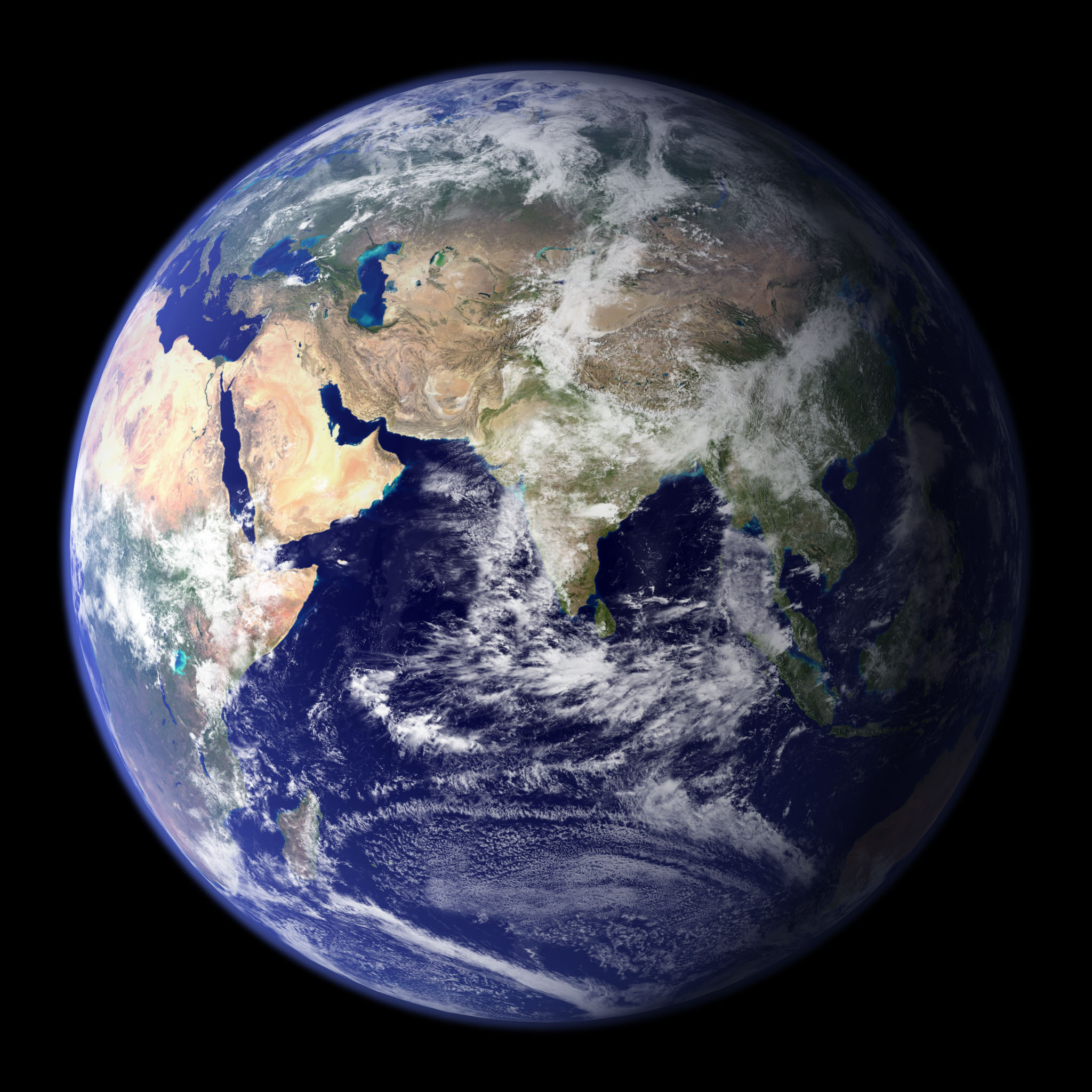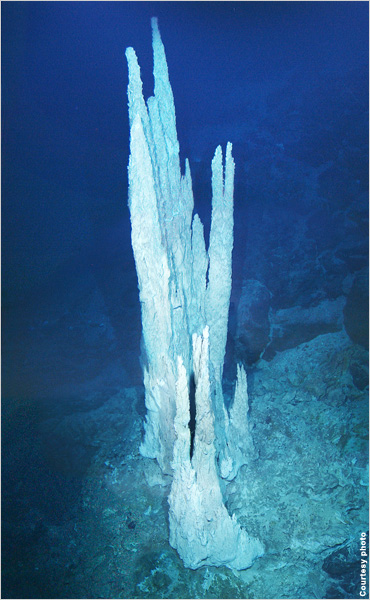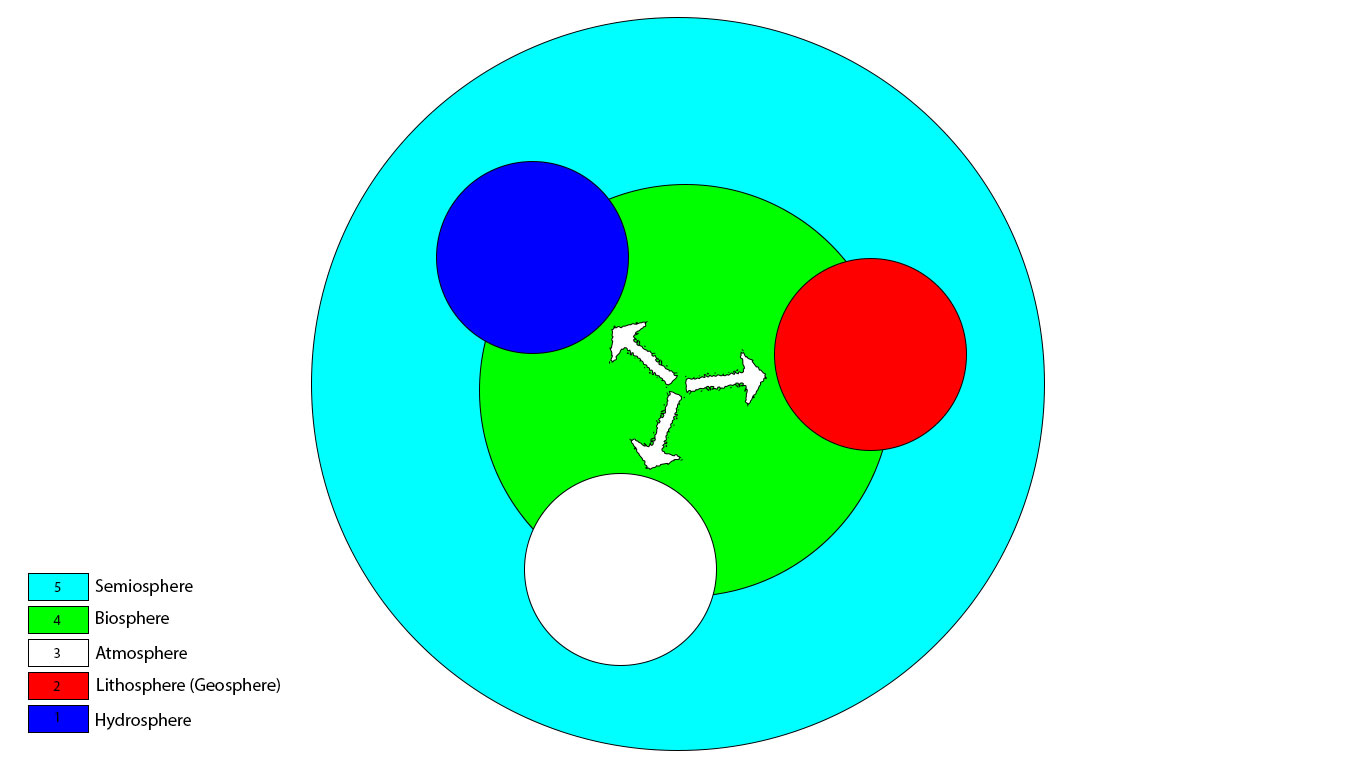It looks like you're using an Ad Blocker.
Please white-list or disable AboveTopSecret.com in your ad-blocking tool.
Thank you.
Some features of ATS will be disabled while you continue to use an ad-blocker.
8
share:

We are accustomed to thinking of the Earth as a "thing" - a mere lump of clay with water and clouds which allows life to form. But one wonders...
Alfred North Whitehead had a far more interesting, monistic-animistic understanding which saw nature as one massive living process.
Lets go back to the beginning of our planet and consider its conditions, but with an emphasis on the informational "meaning", or semiotics, or the Earth's early "communication".
The Earth today could be said to have three fundamental "spheres". There is the lithosphere (also called geosphere, to include the sub-mantle volcanic activity which rhthmically interacts with the hydrosphere/atmosphere), the hydrosphere, and the atmosphere.
Now, if the planet is a singular process, which it is, then one may think of the 3 spheres as involving a "top" (Atmosphere), a bottom (Lithosphere) and a middle (hydrosphere). It is at the middle, or the "far from equilibrium" dynamics that emergent structures are said to exist. Thus, it is fitting an natural that the earliest emergence for life - 3.8 billion years ago, occurs in the intermediating sphere between the bottom and the top: the oceans, where a green olivine spire shoots forth from the Oceans depths, a creation of a slow build up of crystalline minerals coming out from the lithosphere.

In Nick Lane's telling in The Vital Question (2016) the first cellular life requires the input of molecules that came from the atmosphere, molecules that come from the lithosphere, and molecules that come from water itself (indeed, water is the very medium cellular life works through).
If we can think of these three spheres as three "semiotic bodies" - or masses of physical structure which operate as a single body (air, water, volcanic activity) - then the Earth can be seen to be embody the fecundity of the triadic function that CS Peirce, and many other people, consider to be an ontological prerequisite for the ontological evolution of substance/meaning.
Nevertheless, the system of the Earth is "peppered" by the light given off by the sun, which 3.8 billion years ago was substantially less (70% less) than is received today, yet, light didn't penetrate to the bottom of the ocean where life first began, making the origins of life in the deep sea a function of interactions between the three geosopheres - the explosive activity of the mantle, the developing oceans, and the emerging atmosphere.
Its said that liquid oceans formed on Earth because the mass of the Earth was such that hydrogen-oxygen molecules (H20) were gravitationally held to the Earth. Similarly, the Earth's particular size fosters a liquid mantle which generates a very large magnet-field that extends into space. This field breaks down UV light, and so allows the formation of an oxygen rich atmosphere, which would otherwise "escape" if the UV wasn't blocked by the magnetosphere.
The problem, of course, for reductionists is accepting the pan-semiotic significance of the Earth as an intelligent organism: that is, the Earth itself is itself the beneficiary of its positioning vis-à-vis the sun, as well as its chance-interaction with an ancient planetoid that became the moon, 4.51 billion years.
Again, the Earth is the "middle" between the light-giving (and life giving) Sun, and the gravitational, rhythm setting influence of the moon on Earth's electrochemical and mechanical dynamics.
Notice how semiosis proceeds: what is in the middle is "naturally selected". Earth, in between the Sun-Moon interaction. In becoming selected 4.51 billion years ago (following the moons orbital stabilization around the Earth). The hydrosphere, in between the geosphere-atmosphere interaction, in becoming selected, gives rise to the first "autogen", which morphs into the first bacterial cell.
The cell itself persists as a "far-from equilibrium" entity, existing, in other words, between the crystalized, symmetry generating structures of nucleic acids/amino acids/phospholipids, which need to be regenerated again and again via the formation of chemical relationships with the external environment. It does this primarily through autocatalytic feedback loops - which is largely what metabolism consists of: the transformation of "food" into usable molecules that can be transformed back into symmetry-structures.
When the Earth in its wholeness is taken into account, there is a "4th" and even a "5th" sphere which emerges. The 4th, of course, is the biosphere: the very origin of life constitutes its own sphere of dynamical activity. This sphere depended originally on the triadic relations between Earth/Water/Air, but eventually evolved "beyond" this dependency when one type of early cell (an archea) swallowed and absorbed another type of cell (a cyanobacteria), forming a hybrid system whereby the oxygen metabolizing system of the latter could be used by the archea, ultimately evolving into the Eukaryotic cell, which go on to become the first tetrapods when fish turned into amphibians.
Yet the semiosphere, as Peirce noted, is somewhat "above", but not completely. It is above because thought entails symbols, which entail a system of other symbols for thought to be made meaningful. In other words, the existence of mind produces a noosphere that "naturally arises" from the activity of the body. However, a mind that is responsive to the semiotics of its "feeling-body", or its "mind-body", doesn't see mind as "just" mind. Mind is dependent on the signs that make the body, which are responsive to semiotic, or meaning-forming dynamics that emerge as a function of embodied semiotic relations that occur within the moving/feeling bodies of persons-in-interaction.
See how the world progresses? Signs precede mind. Mind, in fact, is an ontological construction of nature.

The problem, of course, for reductionists is accepting the pan-semiotic significance of the Earth as an intelligent organism: that is, the Earth itself is itself the beneficiary of its positioning vis-à-vis the sun, as well as its chance-interaction with an ancient planetoid that became the moon, 4.51 billion years.
Yeah interesting concept and way to think about it all...
I think of Earth as our Momma and do think of it as a living intelligent entity.
If this were so... the other planets would too be thought as intelligent organisms interacting by choice... a-lot to wrap your head around.
leolady
a reply to: Astrocyte
interesting Im reading a book about esoteric traditions and its idealistic view of the world , and the earth is alive
Im sure whitehead based alot of his ideas from esoteric traditions as well.
in the esoteric idealist view there are 7 spheres which also reflect the 7 major planets
im starting to view the holographic matrix differently now than I did before
Nice thread
interesting Im reading a book about esoteric traditions and its idealistic view of the world , and the earth is alive
Im sure whitehead based alot of his ideas from esoteric traditions as well.
in the esoteric idealist view there are 7 spheres which also reflect the 7 major planets
im starting to view the holographic matrix differently now than I did before
Nice thread
new topics
-
Watts home paranormal activity
Paranormal Studies: 5 hours ago -
So, what is really going on in South Korea ?
World War Three: 5 hours ago -
Congress Says the FBI is Covering Up Vital Info on the Jan 5th 2021 D.C. Pipe Bombs at RNC-DNC.
Political Conspiracies: 6 hours ago -
The trial on kids was stopped
Medical Issues & Conspiracies: 9 hours ago -
Orbs Appear And Form Triangle On Live Cam.
Aliens and UFOs: 11 hours ago
8
